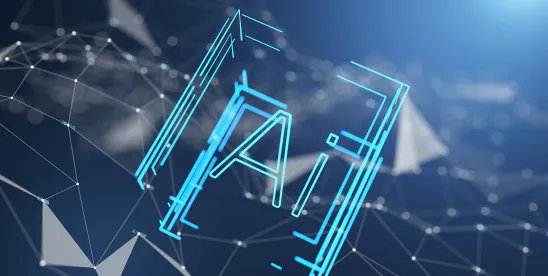Congress has reintroduced the Nurture Originals, Foster Art, and Keep Entertainment Safe (NO FAKES) Act— a bipartisan bill designed to establish a federal framework to protect individuals’ right of publicity. As previously reported, the NO FAKES Act was introduced in 2024 to create a private right of action addressing the rise of unauthorized deepfakes and digital replicas—especially those misusing voice and likeness without consent. While the original bill failed to gain traction in a crowded legislative calendar, growing concerns over generative AI misuse and newfound support from key tech and entertainment stakeholders have revitalized the bill’s momentum.
What’s New in the Expanded Bill?
The revised bill reflects months of industry negotiations. Key updates include:
- Subpoena Power for Rights holders: The revised bill includes a new right to compel online services, via court-issued subpoenas, to disclose identifying information of alleged infringers, potentially streamlining enforcement efforts and unmasking anonymous violators.
- Clarified Safe Harbors: Both versions of the bill include safe harbor protections for online services that proactively comply with notice and take-down procedures, a framework analogous to the protections afforded to online service providers under the Digital Millenium Copyright Act (DMCA). The revised bill introduces new eligibility requirements for these protections, including the implementation of policies for terminating accounts of repeat violators.
- Digital Fingerprinting Requirement: In addition to removing offending digital replicas following takedown requests, the revised bill requires that online services use digital fingerprinting technologies (e.g., a cryptographic hash or equivalent identifier) to prevent future uploads of the same unauthorized material.
- Broader Definition of “Online Service”: The revised bill broadens the scope of the definition to explicitly include search engines, advertising services/networks, e-commerce platforms, and cloud storage providers, provided they register a designated agent with the Copyright Office. This expansion further ensures that liability extends beyond just the creators of deepfake technologies to also include platforms that host or disseminate unauthorized digital replicas.
- Tiered Penalties for Non-compliance: The revised bill introduces a tiered structure for civil penalties, establishing enhanced fines for online services that fail to undertake good faith efforts to comply ranging from $5,000 per violation, up to $750,000 per work.
- No Duty to Monitor: Unlike the prior version, the revised bill explicitly states that online services are not required to proactively monitor for infringing content, acknowledging the practical limitations and resource constraints of such monitoring. Instead, the responsibility is triggered upon receipt of a valid takedown notice, after which the online service must act promptly to remove or disable access to the unauthorized material to maintain safe harbor protections. This approach mirrors the notice-and-takedown framework established under the DMCA.
If enacted, the NO FAKES Act would establish nationwide protections for artists, public figures, and private individuals against unauthorized use of their likenesses or voices in deepfakes and other synthetic media. Notably, the revised bill has garnered broad consensus among stakeholders, including the major record labels, SAG-AFTRA, Google, and OpenAI.
While the bill seeks to create clearer legal boundaries in an era of rapidly evolving technology, stakeholders remain engaged in ongoing discussions about how best to balance the protection of individual rights with the imperative to foster technological innovation and safeguard First Amendment-protected expression. As the legislative process unfolds, debate will likely center on whether the bill’s framework can effectively address the complex legal and operational challenges posed by generative AI, while offering enforceable and practical guidance to the platforms that host and disseminate such content.
Importantly, the NO FAKES Act aims to resolve the challenges posed by the current patchwork of state right of publicity laws, which vary widely in scope and enforcement. This fragmented approach has often proven inefficient and ineffective in addressing inherently borderless digital issues like deepfakes and synthetic content. By establishing a consistent federal standard, the NO FAKES Act could provide greater legal clarity, streamline compliance for online platforms, and enhance protections for individuals across jurisdictions.



 />i
/>i

